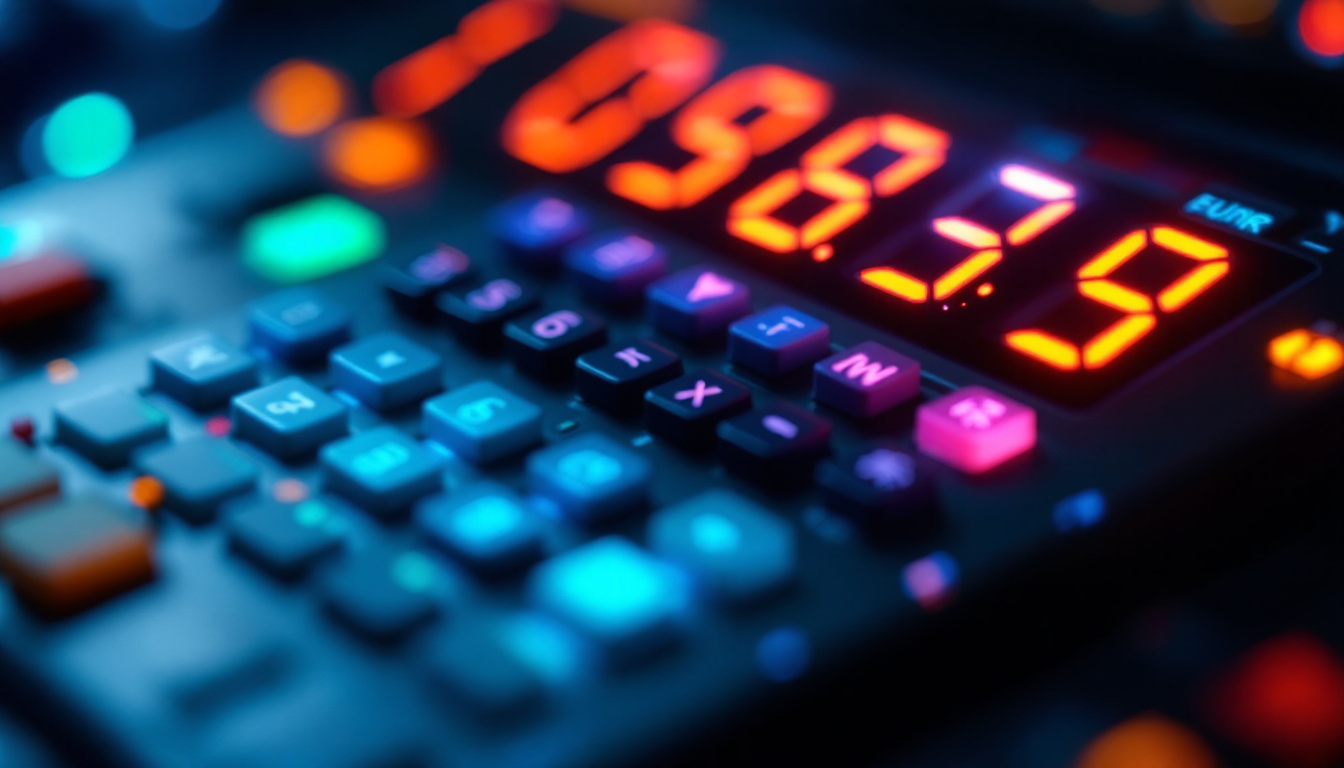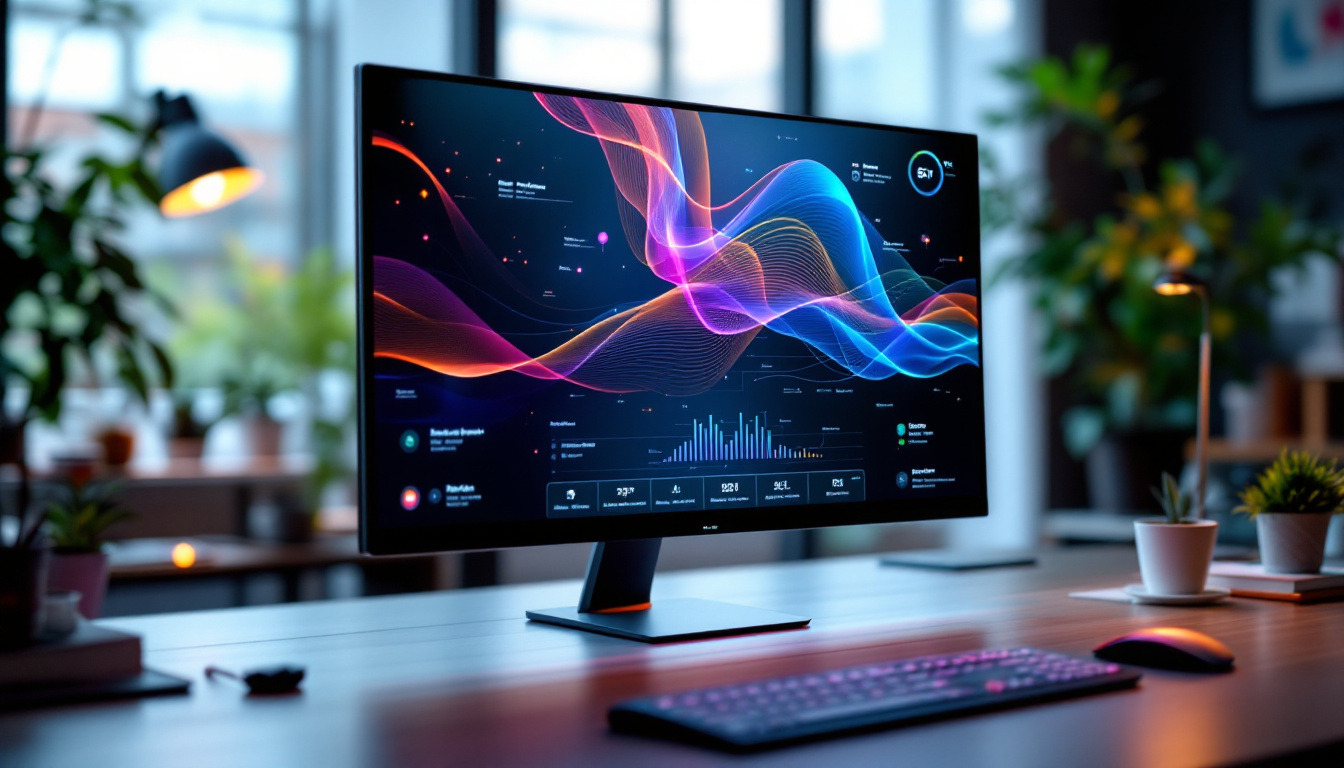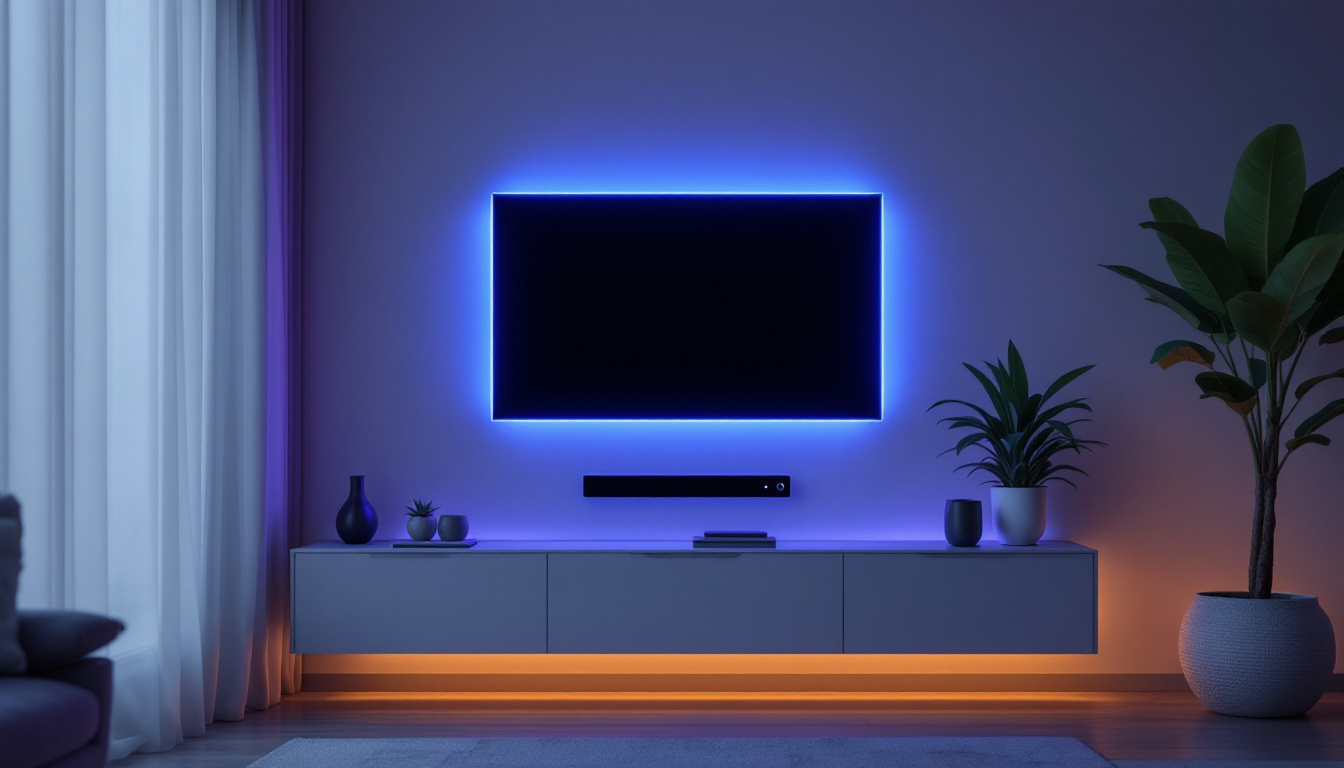In the realm of electronic devices, calculators have long been a staple, assisting users in performing mathematical operations quickly and efficiently. One of the most significant components of a calculator is its display, particularly the LED (Light Emitting Diode) display. This article aims to delve into the intricacies of LED displays in calculators, exploring how they function, their advantages, and the technology behind them.
Understanding LED Displays
LED displays have transformed the way information is presented in electronic devices. Unlike traditional LCDs (Liquid Crystal Displays), LED displays utilize light-emitting diodes to produce bright and clear images. This section will explore the fundamental principles of LED technology and how it applies to calculators.
How LED Displays Work
At the core of an LED display is the semiconductor material that emits light when an electric current passes through it. In calculators, these diodes are arranged in a matrix to form numbers and symbols. When a specific diode is activated, it emits light, creating the visual representation of the number or function being displayed.
The brightness and clarity of the display depend on various factors, including the quality of the diodes and the design of the circuit. LED displays are known for their vibrant colors and high contrast, making them easy to read even in low-light conditions. Furthermore, the energy efficiency of LED technology means that calculators can operate longer on a single battery charge compared to their LCD counterparts, making them a practical choice for users on the go.
Types of LED Displays
There are several types of LED displays used in calculators, each with its unique characteristics. The most common types include seven-segment displays and dot matrix displays.
Seven-segment displays consist of seven individual segments that can be illuminated in different combinations to represent numbers from 0 to 9. This simplicity makes them ideal for basic calculators, where only numerical input is required. These displays are not only cost-effective but also reliable, as they have fewer components that can fail, ensuring longevity in devices that are frequently used in educational and professional settings.
On the other hand, dot matrix displays are more versatile. They consist of a grid of LEDs that can illuminate in various patterns, allowing for the representation of letters, symbols, and more complex information. This type of display is often found in scientific or graphing calculators, where a broader range of data needs to be presented. The ability to display alphanumeric characters and graphical data enhances the functionality of these calculators, making them indispensable tools for students and professionals in fields such as engineering and mathematics. Additionally, advancements in LED technology have led to the development of color dot matrix displays, further expanding the potential applications in educational tools and interactive learning environments.
Advantages of LED Displays in Calculators
LED displays offer several advantages that make them a preferred choice for calculators. Understanding these benefits can provide insight into why they are widely used across different types of calculators.
Brightness and Visibility
One of the most notable advantages of LED displays is their brightness. The emitted light from LEDs is significantly brighter than that from traditional LCDs, which often require a backlight to enhance visibility. This brightness ensures that users can read the display in various lighting conditions, from bright sunlight to dim environments.
Moreover, the high contrast ratio of LED displays contributes to their readability. The vivid colors and sharpness of the digits make it easier for users to quickly interpret the information presented, reducing the likelihood of errors during calculations.
Energy Efficiency
Energy efficiency is another critical factor that makes LED displays appealing. LEDs consume less power than traditional display technologies, which is particularly beneficial for battery-operated calculators. This efficiency extends the battery life, allowing users to rely on their calculators for extended periods without the need for frequent recharging or battery replacement.
Additionally, the low heat generation of LEDs means that calculators can remain cool during prolonged use, enhancing user comfort and device longevity.
Durability and Longevity
LED displays are known for their durability. Unlike LCDs, which can be susceptible to damage from impacts or extreme temperatures, LEDs are more robust and can withstand harsher conditions. This resilience makes LED displays ideal for portable devices like calculators, which may be subjected to rough handling.
Furthermore, LED technology has a longer lifespan compared to traditional display methods. Users can expect their calculators to function effectively for years without significant degradation in display quality.
The Technology Behind LED Displays
Understanding the technology that powers LED displays can provide deeper insights into their functionality and advantages. This section will explore the components and processes involved in creating LED displays for calculators.
Components of an LED Display
An LED display consists of several key components, including the LED chips, a circuit board, and a housing unit. The LED chips are the heart of the display, responsible for emitting light when an electric current is applied.
The circuit board connects the LED chips to the calculator’s main processor, allowing for the control of which segments are illuminated. This connection is crucial for displaying the correct numbers and symbols based on user input.
The housing unit protects the internal components and provides a surface for the user interface. It is often designed to be both functional and aesthetically pleasing, ensuring that the calculator is user-friendly and visually appealing.
Manufacturing Process
The manufacturing process of LED displays involves several steps, including the fabrication of LED chips, assembly of the circuit boards, and integration into the calculator. The production of LED chips typically involves the use of semiconductor materials, which are processed to create the desired light-emitting properties.
Once the chips are produced, they are mounted onto circuit boards, where they are connected to the necessary electronic components. This assembly process is typically carried out in controlled environments to ensure quality and consistency.
Finally, the completed circuit boards are integrated into the calculator housing, where they are tested for functionality before being packaged for distribution. This meticulous process ensures that each calculator meets the required performance standards.
Applications of LED Displays in Calculators
LED displays are not only prevalent in basic calculators but also play a crucial role in various advanced applications. This section will explore the diverse range of calculators that utilize LED technology and how it enhances their functionality.
Basic Calculators
Basic calculators, designed for simple arithmetic operations, often feature seven-segment LED displays. These displays provide a clear and straightforward way to present numerical data, making them ideal for educational purposes and everyday calculations.
The simplicity of seven-segment displays allows users to focus on the task at hand without being distracted by complex visuals. This user-friendly approach is particularly beneficial for students and individuals who may not be familiar with advanced mathematical concepts.
Scientific and Graphing Calculators
Scientific and graphing calculators, which cater to more complex calculations, often utilize dot matrix LED displays. These displays enable the representation of a wider range of information, including graphs, equations, and statistical data.
The ability to display multiple lines of text and intricate graphics allows users to perform advanced calculations and visualize data effectively. This functionality is essential for students in higher education and professionals in fields such as engineering and finance.
Specialized Calculators
Specialized calculators, such as financial calculators and programmable calculators, also benefit from LED display technology. These devices often require the display of complex formulas and financial data, which can be efficiently managed with a dot matrix LED display.
The versatility of LED displays allows these calculators to present information in a clear and organized manner, ensuring that users can make informed decisions based on the data presented. This capability is particularly valuable in professional environments where accuracy is paramount.
Future Trends in LED Display Technology
The field of LED display technology is continually evolving, with advancements that promise to enhance the functionality and efficiency of calculators. This section will explore some of the emerging trends that may shape the future of LED displays in calculators.
Miniaturization and Flexibility
As technology advances, the trend towards miniaturization is becoming increasingly prevalent. Future LED displays are expected to become smaller and more flexible, allowing for innovative designs in calculators. This miniaturization can lead to more compact devices without sacrificing display quality.
Flexible LED displays may also enable new form factors for calculators, such as bendable or rollable designs. This flexibility can enhance portability and user convenience, making calculators even more accessible in various settings.
Enhanced Interactivity
Another trend in LED display technology is the integration of touch-sensitive features. Future calculators may incorporate touch-sensitive LED displays, allowing users to interact directly with the screen. This interactivity can enhance the user experience, making calculations more intuitive and engaging.
Such advancements could also enable the incorporation of additional functionalities, such as gesture controls or customizable interfaces, further enhancing the versatility of calculators.
Integration with Smart Technology
As the world becomes increasingly interconnected, the integration of LED displays in calculators with smart technology is on the horizon. Future calculators may feature connectivity options that allow them to sync with smartphones or other devices, enabling users to access additional resources or perform calculations in real-time.
This integration could lead to calculators that not only display numbers but also provide contextual information, tutorials, or even cloud-based calculations, significantly enhancing their utility in educational and professional settings.
Conclusion
LED displays have revolutionized the way calculators present information, offering numerous advantages in terms of visibility, energy efficiency, and durability. As technology continues to advance, the potential for further innovations in LED display technology promises to enhance the functionality and user experience of calculators.
From basic arithmetic to complex scientific calculations, LED displays play a crucial role in ensuring that users can perform their tasks effectively and efficiently. As the future unfolds, the integration of new technologies and design concepts will undoubtedly shape the next generation of calculators, making them even more indispensable tools in our daily lives.
Explore Cutting-Edge Calculator Displays with LumenMatrix
As you’ve seen, LED technology is integral to the evolution of calculator displays, offering enhanced visibility, energy efficiency, and robustness. If you’re inspired by the advancements in LED displays and want to experience the pinnacle of this technology, look no further than LumenMatrix. As a pioneer in LED display solutions, LumenMatrix provides an array of innovative products, from Indoor and Outdoor LED Wall Displays to specialized solutions like Vehicle and Sports LED Displays. Embrace the future of visual communication with LumenMatrix’s captivating and versatile LED displays. Check out LumenMatrix LED Display Solutions today and transform how you share your message with the world.































